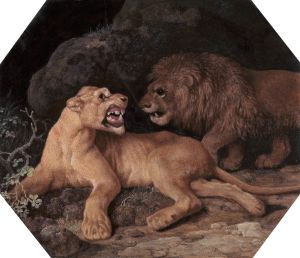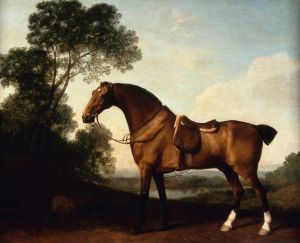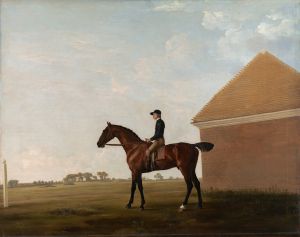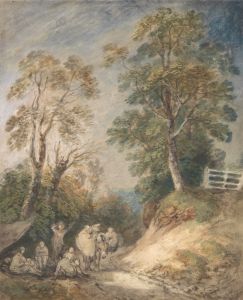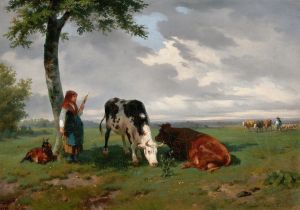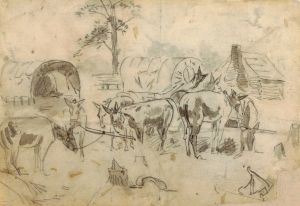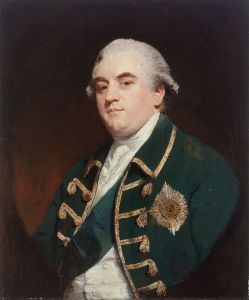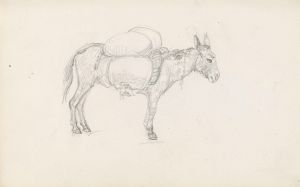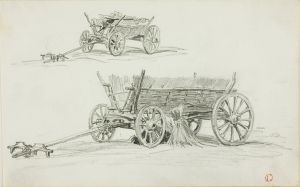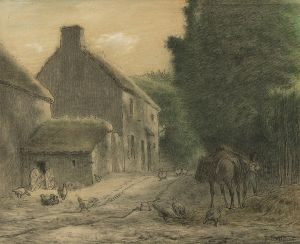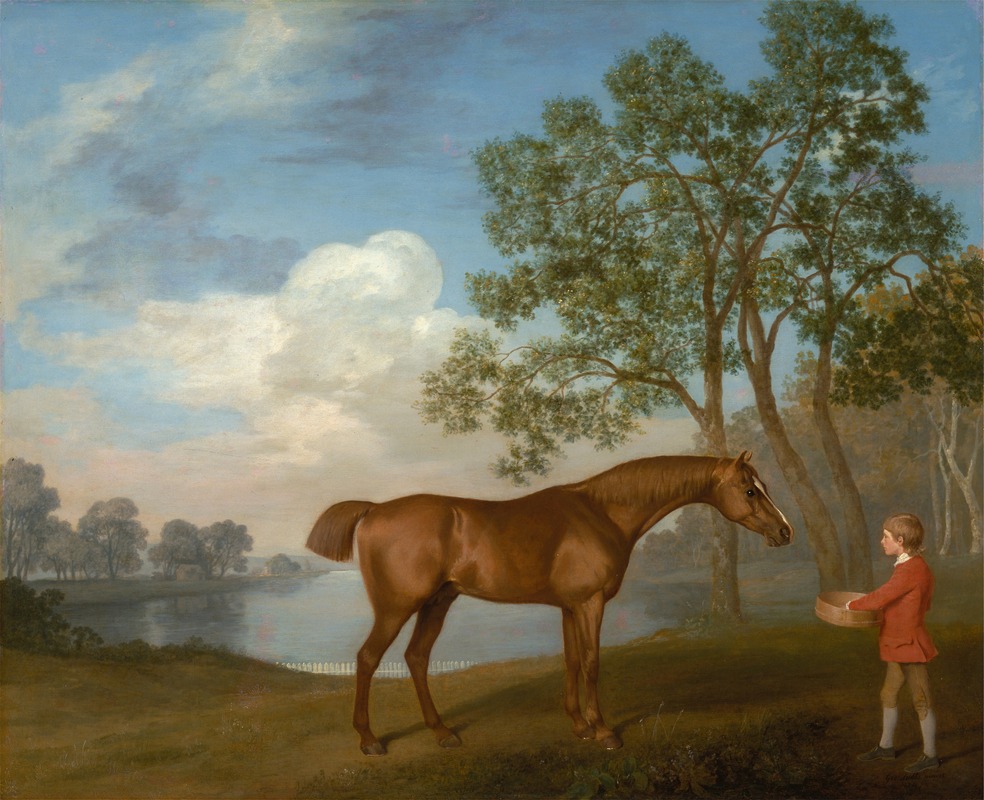
Pumpkin with a Stable-lad
A hand-painted replica of George Stubbs’s masterpiece Pumpkin with a Stable-lad, meticulously crafted by professional artists to capture the true essence of the original. Each piece is created with museum-quality canvas and rare mineral pigments, carefully painted by experienced artists with delicate brushstrokes and rich, layered colors to perfectly recreate the texture of the original artwork. Unlike machine-printed reproductions, this hand-painted version brings the painting to life, infused with the artist’s emotions and skill in every stroke. Whether for personal collection or home decoration, it instantly elevates the artistic atmosphere of any space.
"Pumpkin with a Stable-lad" is a painting by the renowned British artist George Stubbs, who is best known for his detailed and anatomically precise depictions of horses. Stubbs, born in 1724 and passing away in 1806, was a prominent figure in 18th-century British art, particularly celebrated for his equine portraits which combined scientific observation with artistic skill.
The painting "Pumpkin with a Stable-lad" exemplifies Stubbs' mastery in portraying horses and their human attendants. The work features a horse named Pumpkin, accompanied by a stable-lad, a common subject in Stubbs' oeuvre. The painting is noted for its meticulous attention to detail, capturing the physical characteristics of the horse and the naturalistic interaction between the animal and the young attendant.
Stubbs' approach to painting horses was heavily influenced by his study of anatomy. He famously spent 18 months dissecting horses and documenting their anatomy, which culminated in the publication of "The Anatomy of the Horse" in 1766. This scientific approach is evident in "Pumpkin with a Stable-lad," where the musculature and form of the horse are rendered with precision and accuracy.
The composition of the painting is typical of Stubbs' style, where the horse is often the central focus, depicted with a sense of dignity and grace. The stable-lad, while secondary in prominence, is portrayed with equal care, reflecting the social and working relationship between humans and horses during the period. The background and setting are usually kept simple, ensuring that the viewer's attention remains on the subjects.
"Pumpkin with a Stable-lad" is part of a broader tradition of equine portraiture in British art, which was particularly popular among the aristocracy and wealthy landowners who prized their horses for both practical and recreational purposes. Stubbs' patrons often included members of the nobility and gentry, who commissioned portraits of their prized horses to showcase their status and wealth.
The painting is an excellent example of Stubbs' ability to convey the personality and spirit of his subjects. Pumpkin is depicted with a sense of vitality and alertness, while the stable-lad is shown in a manner that suggests familiarity and ease with the horse, highlighting the bond between them.
George Stubbs' work, including "Pumpkin with a Stable-lad," has had a lasting impact on the genre of animal painting. His meticulous technique and dedication to anatomical accuracy set a new standard for equine art, influencing subsequent generations of artists. Today, Stubbs' paintings are highly regarded and can be found in major art collections and museums around the world.
In summary, "Pumpkin with a Stable-lad" is a testament to George Stubbs' skill as an artist and his deep understanding of his subjects. The painting not only captures the physical beauty of the horse but also reflects the cultural and social significance of horses in 18th-century Britain.





